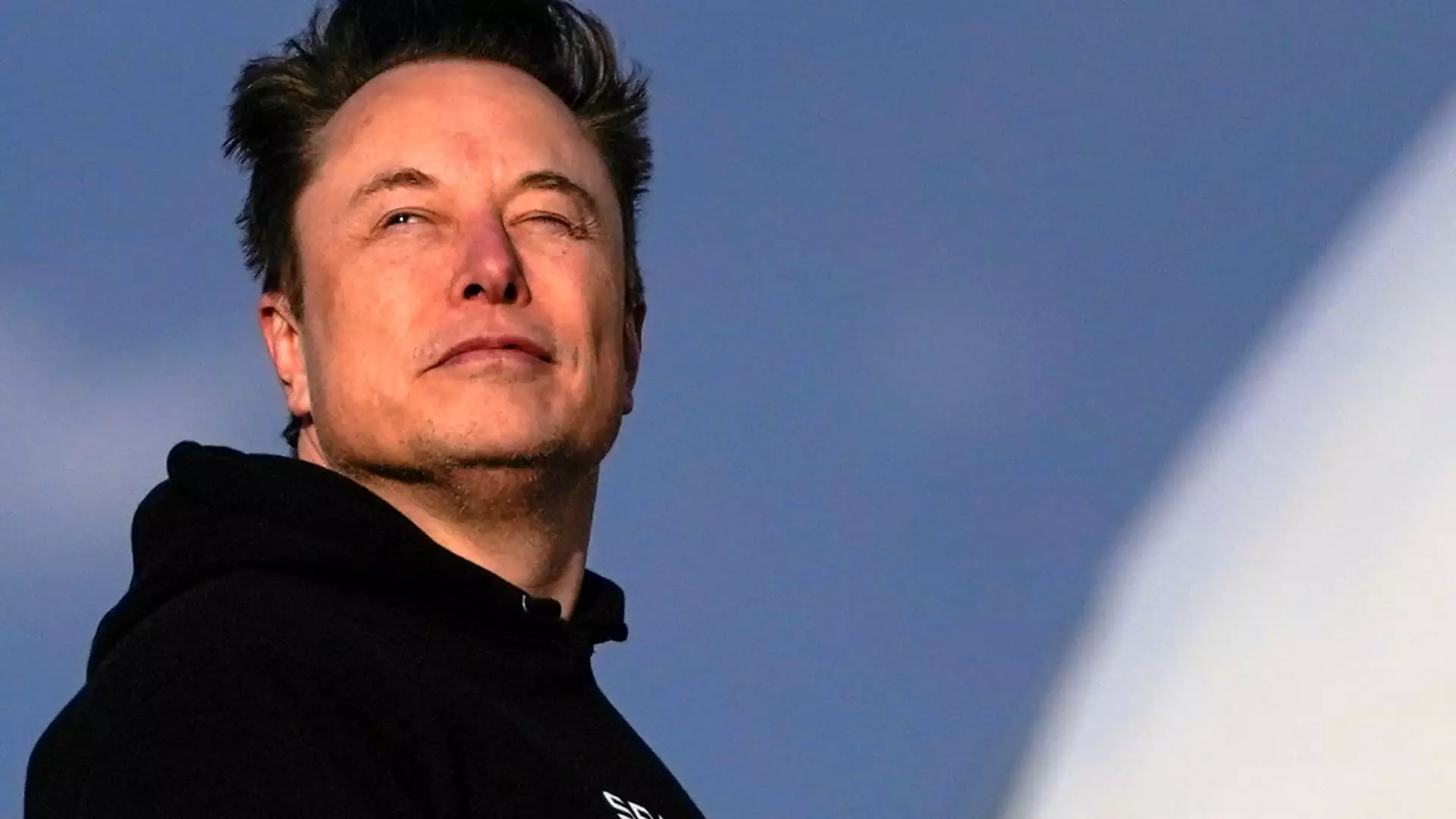In a groundbreaking move, Elon Musk has announced the merger of his artificial intelligence venture, xAI, with his social media platform, X. This all-stock transaction reportedly values xAI at a staggering $80 billion and X at $33 billion. Musk, perpetually portrayed as a visionary, describes the alliance as a crucial step toward harnessing the strengths of both entities. He claims that the merger will “unlock immense potential by blending xAI’s advanced AI capability and expertise with X’s massive reach.” Such a statement reflects Musk’s knack for theatrics and the high stakes of the tech landscape he operates in.
This fusion is not merely a financial maneuver; it symbolizes Musk’s continuous quest to converge different sectors of technology—social media, AI, and even politics. As the world’s richest individual, Musk holds the power to shape the narratives and futures of the companies he leads, and this merger is a testament to that influence. By pooling resources, data, and talent, the new entity aims to redefine the boundaries of innovation, although many might question the wisdom of such a swift consolidation.
Rivals in the AI Arena
Musk’s ambition to compete with colossal players like OpenAI, Google, Microsoft, and Meta has been evident since the inception of xAI. Unlike OpenAI, which has attracted billions in investment and marked a clear commercial trajectory, xAI has seemingly grappled with its identity and market positioning since its launch. Musk’s earlier association with OpenAI, a venture he co-founded in 2015, turned contentious, culminating in a public dispute over the direction of the organization. These conflicts underscore Musk’s not-so-rosy relationship with the AI industry, further amplifying skepticism around xAI’s long-term vision.
Musk’s decision to integrate xAI’s capabilities with X hints at a strategy to garner competitive advantages. With tools like the Grok chatbot already embedded within the X ecosystem, the merger perfectly illustrates an attempt to create an interconnected web of services that could revolutionize user engagement. Such synergy positions Musk’s enterprises uniquely, promoting a seamless experience where social interaction and advanced AI functionalities converge. But herein lies a concern: how well can these different platforms coalesce while maintaining their unique value propositions?
The Uneasy Dance of Business and Politics
Moreover, Musk’s involvement in political matters, specifically with the formation of the Department of Government Efficiency (DOGE) during Donald Trump’s second administration, adds another layer of complexity to his business operations. Having poured $270 million into political campaigns for Republican candidates, Musk’s financial and political maneuvers exemplify a brazen approach that can be seen as a double-edged sword. His political affiliations not only influence government regulations that may benefit his sprawling enterprises but also invite scrutiny and potential backlash from those opposed to his overarching ambitions.
The merger with X, in the context of his political entanglements, raises legitimate questions about the motivations behind this fusion. Is it purely about technological advancement, or does it serve a dual purpose of political gain, enabling Musk to shape regulatory landscapes while promoting his businesses? As stakeholders scrutinize this delicate balance, it becomes increasingly challenging to unravel Musk’s personal interests from those of his companies.
A History of Controversial Mergers
This merger isn’t Musk’s first foray into controversial mergers and acquisitions. The 2016 acquisition of SolarCity for $2.6 billion still lingers in public memory as a contentious moment, stained by allegations of a conflict of interest and fiduciary breach. While the Delaware courts ruled in favor of Tesla and Musk, casting aside concerns of impropriety, the merger continues to shadow Musk’s reputation as a business leader. With critics already assessing the xAI-X merger through this lens, Musk finds himself in a familiar battleground where innovation meets skepticism.
Yet, amidst the questioning and critique, one cannot ignore the potential ramifications of this merger on the technology landscape. By leveraging the collective capabilities of X and xAI, Musk may very well be laying the groundwork for unprecedented advancements in AI and information distribution. However, as history has shown, such bold moves come not only with opportunities but also with significant risks. The future may paint a different picture of this merger, one that could sway public perception and stakeholder confidence in unpredictable ways.


Leave a Reply